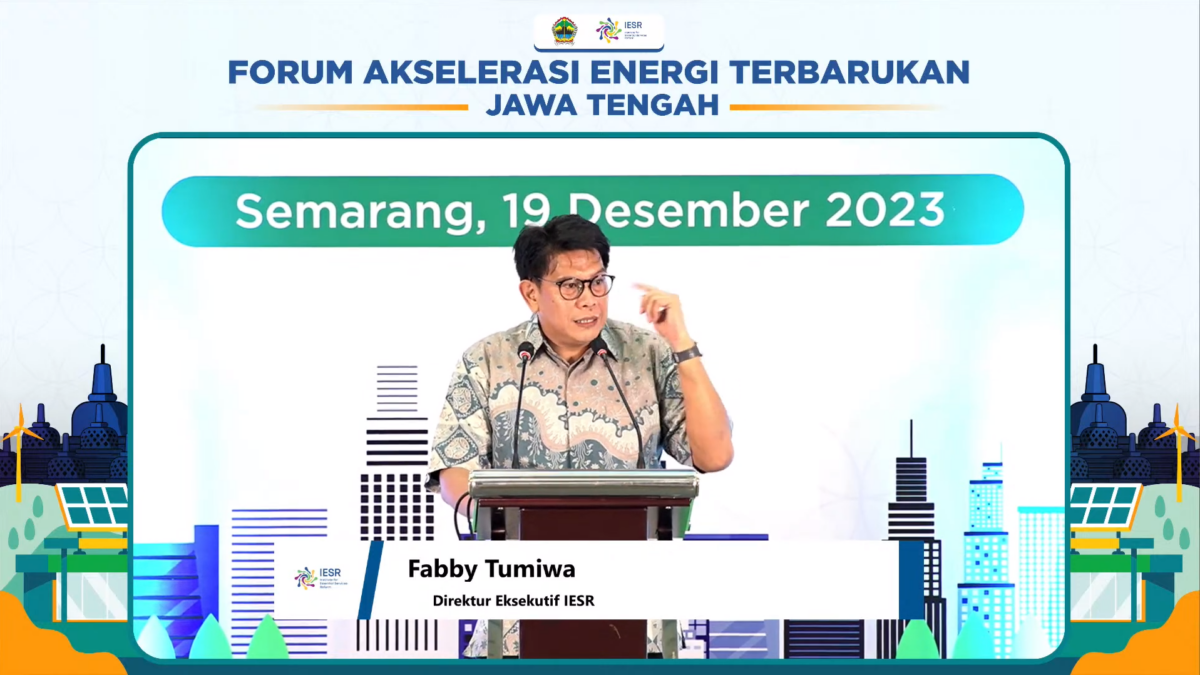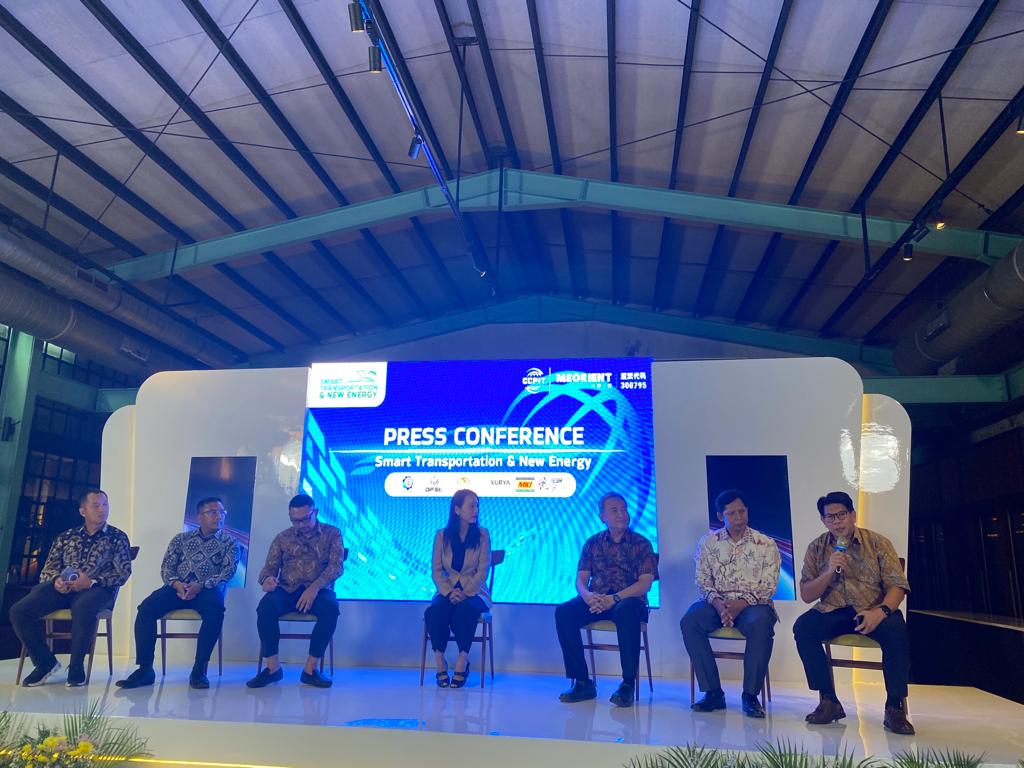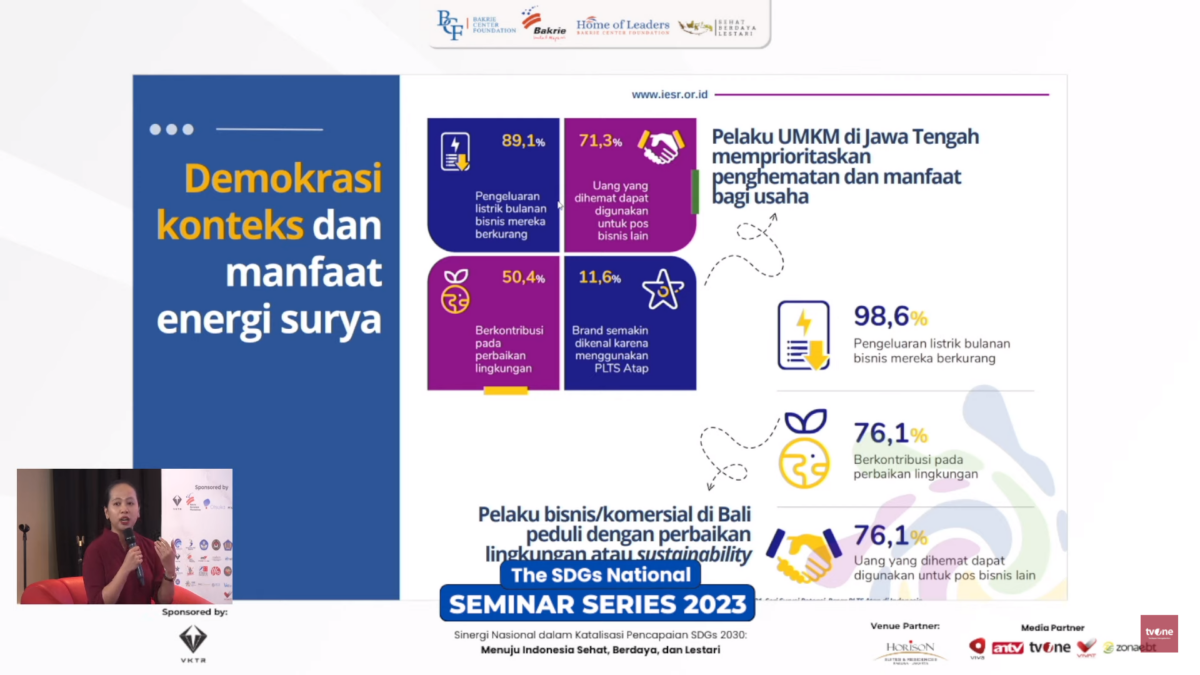Fabby Tumiwa, The Executive Director of IESR on Renewable Energy Festival
Jakarta, April 21, 2024 - The increase in global temperature due to increased greenhouse gas emissions has an impact on the climate crisis which triggers an increase in the intensity of hydrometeorological disasters. Based on data from the World Meteorological Organization (WMO), the earth's average…





